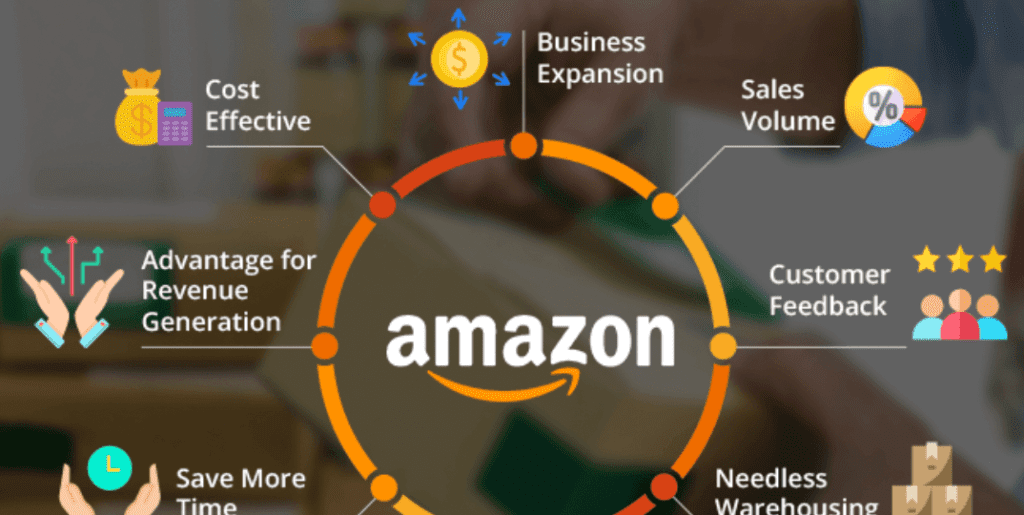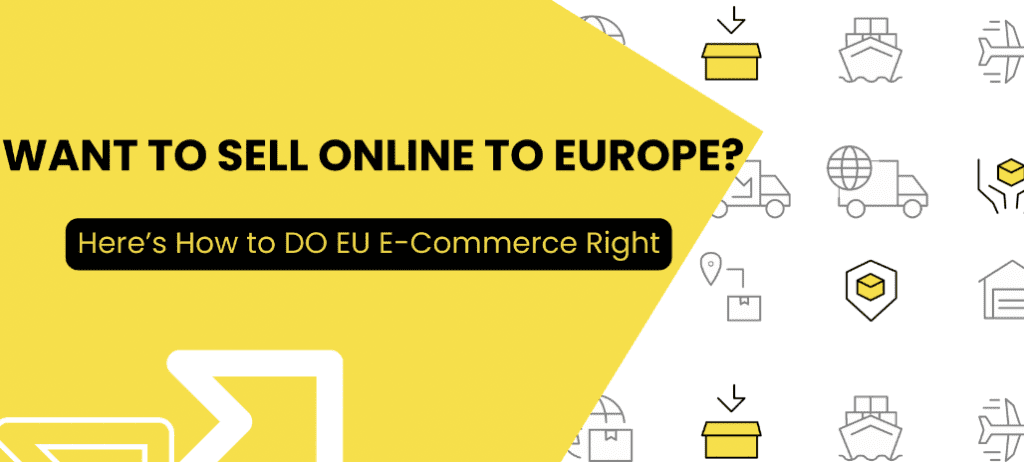The rapidly evolving echelons of ecommerce offer ground-breaking opportunities, particularly in Europe, where market dynamics exhibit an intriguing pattern. As savvy online sellers navigate this compelling landscape, understanding the trends shaping the future can be a game-changer. A recent report on practicalecommerce.com delves deeper into charts depicting ecommerce trends in Europe – insightful data that aid in crafting strategic moves.

One notable trend is the incredible expansion of online sales. For online sellers, this signifies an extended audience & improved opportunities for profit. Yet, capitalizing on this ascending trend necessitates an understanding of the market’s nuances and a well-articulated business model. Mastery of these essential components often distinguishes the successful entrepreneur from the struggling one, particularly in an ecosystem as dynamic as ecommerce.
Trends also suggest a prosperous landscape for the world of ‘Fulfillment by Amazon’ (FBA). Europe’s rising ecommerce trend complements Amazon FBA’s unique model where Amazon deals with the storage, packaging, and shipping of products. For sellers, this means less logistical stress & more potential for growth. Understanding these nuances could unlock untapped markets and set starry-eyed ambitions in motion.
For many online entrepreneurs, the benefits of Amazon FBA extend beyond logistics. This approach can be a potent tool in the broader landscape of ecommerce, transforming how products are sold and delivered across the Atlantic. The map of opportunity, for those daring enough to venture, is not just intriguing but potentially lucrative.
Besides sales and delivery, the consumer journey is a significant focal point. A deeper understanding of this journey, influenced by emerging patterns in Europe, provides critical insights. Managing the customer experience, from discovery to delivery, could hold the key to symbolic victories in this increasingly competitive marketplace.

Moreover, Europe’s diverse markets are truly an enigma of opportunities. When charted against a global context, European ecommerce trends shape an interesting narrative. Such comprehensive insight is rare and would potentially transform everyday online selling into a thoroughly calculated business strategy.
Smart decisions are driven by intelligence – market intelligence in this case. The insights from practicalecommerce.com’s report on European trends provide just that. On the chessboard of online sales, equipped with the right data, every move could bring sellers one step closer to a checkmate.
However, it’s not just about utilizing data, it’s about interpreting them intelligently. In the context of ecommerce, understanding the data means unraveling the story behind the numbers; the trends & patterns that shape consumer behavior and the trajectory of regional markets. It’s the subtle nuances that turn broad-stroke strategies into finely-calibrated plans of action.
Applying Amazon’s FBA model within the European ecommerce context calls for strategic adaptability. The subtle but significant differences in trends across Europe’s markets can offer unique opportunities. Seizing these requires a granular understanding of regions, their needs, and how the FBA model can complement their ecommerce landscape. Online sellers who master this art stand a chance of gaining a competitive edge.
As one navigates Europe’s bustling digital marketplace, unpredictability can be daunting. However, guided by the right data and trends, informed decisions can be made. Embracing the Amazon FBA model especially in this dynamic ecosystem might not just be an option, but a necessity for sustained growth and competitive advantage.
The beauty of ecommerce lies in its boundary-less nature. When the online marketplace is all of Europe, diversity must be acknowledged & harnessed. Strategic inclusion of multiple languages, understanding local customs, and aligning with regional buying habits could potentially unlock new sales horizons.
There’s also the pivot that technology brings to ecommerce. With advancements shaping purchase decisions, online sellers who keep up with tech-driven trends, be it AI-powered recommendations or next-gen logistics, are likely to keep pace with the evolving ecommerce landscape. In the Amazon FBA context, these could translate to higher efficiency and increased sales.
Expecting the unexpected is perhaps apt in the whirlwind world of ecommerce. Practicalecommerce.com’s report, with its comprehensive data-driven view, is a path illuminating guide through this market vortex. Being aware of the implications of the charts and numbers is a step toward transforming the uncertain into a map of prospective opportunity.
The buying and selling landscape is undeniably shifting toward the digital realms. Riding this wave of transformation could lead to profits and potential. When streamlined with a fulfillment method like Amazon FBA, the complexity of ecommerce can make way for smart, efficient business operations, contributing to successes in this new-age marketplace.

Finally, it’s worth noting the promise of scalability that Amazon FBA holds in the context of Europe’s growing ecommerce sphere. For the adventurous entrepreneur & the cautious seller alike, understanding the fine balance between risk and opportunity could be the determining factor that transforms dreams into reality.
Decoding eCommerce trends and thriving in this digital marketplace is art and science in equal measure. Embracing these trends, realigning strategies with emerging patterns and adapting to consumer expectations could offer online sellers an enviable position. As the marketplace continues to evolve, technology and data-led insights might well be the maps & compasses guiding enterprises towards their ecommerce El Dorado.
